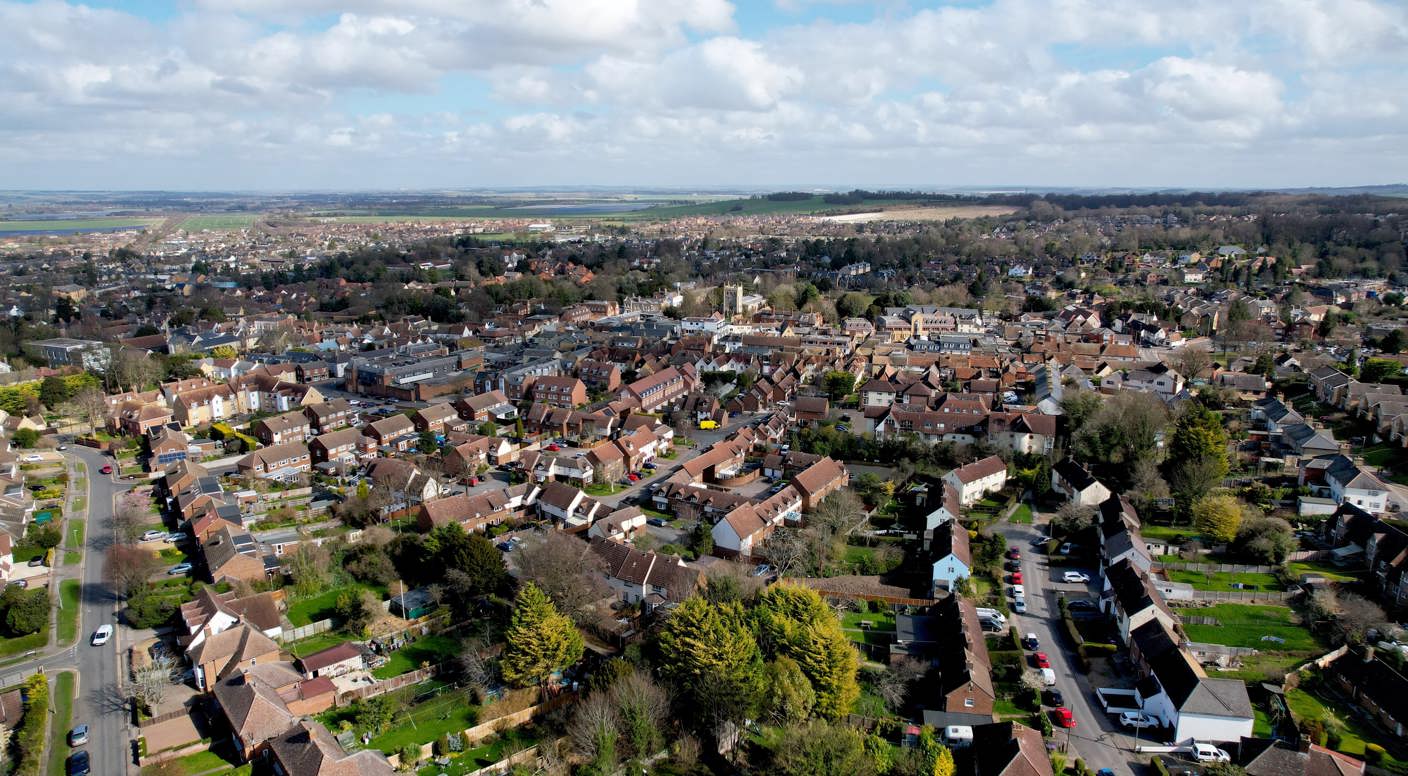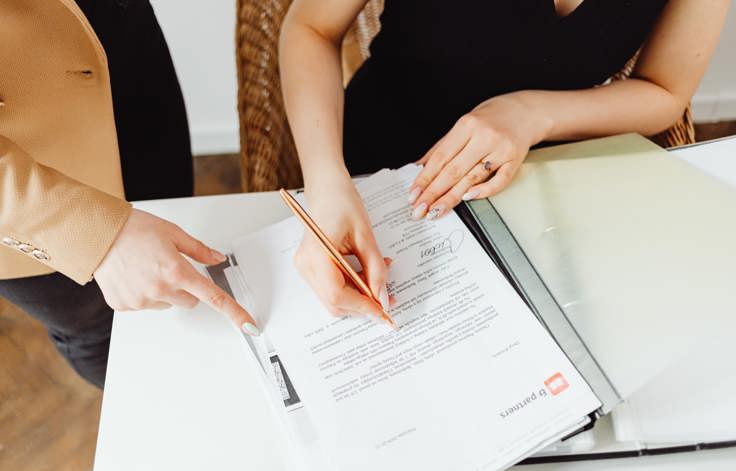An accurate property valuation you can trust
We'll help you to find the value of your property, so you can find a buyer or tenant as soon as possible.
Enter your details below to book a professional appraisal.
Buying a property isn't just about the house itself - it's about where it's located. Especially in the North West, where towns and neighbourhoods can vary street to street, knowing how to assess the local area is essential. Whether you're looking in Preston, Lancaster, Blackpool or Morecambe, here's how to evaluate whether a home is in a "good" area before you commit.

1. Check Local Crime Rates
Use official crime maps or local police websites to review monthly crime stats by postcode. These tools show trends in antisocial behaviour, burglary, vehicle theft and more. Low and declining crime figures are a strong indicator of a well-managed neighbourhood.
2. Research School Catchments
If you're planning a family - or already have one - school performance is a major factor. Use Ofsted reports to check how nearby primary and secondary schools are rated. Highly rated schools can also influence property value growth over time.
3. Visit at Different Times of Day
An area can feel peaceful at noon and completely different after dark. Try visiting early in the morning, during school pickup, and after 8pm to get a balanced feel for the atmosphere, traffic, and noise levels.
4. Look at Local Amenities
Ask yourself: are there supermarkets, pharmacies, green spaces and transport links nearby? A good area should have essentials within a short walking distance or a short drive. For many buyers in the North West, proximity to rail lines or key bus routes can significantly influence their decision, especially for commuters or those without a car.
5. Talk to Locals
Don't be afraid to ask a neighbour or shop owner what it's like to live there. Locals can often share honest insights you won't find online, including parking issues, noise problems or seasonal patterns.
6. Review Property Price Trends
Check whether house prices in the area have risen consistently, or if there's been a dip. Strong growth typically reflects good local schools, services, and safety. Tools like the Land Registry and online portals can display sale histories and average prices by street or postcode.
7. Explore the Community Feel
Are there signs of pride in the area? Well-maintained parks, tidy front gardens, and active community groups or events can all indicate a neighbourhood people love living in. You can also look for signs like litter levels, abandoned buildings, or vandalism as potential red flags.
8. Speak to a Local Estate Agent
No one knows a town or village like the people who live and work in it every day. A local estate agent can tell you where's rising, where's overvalued, and which streets to avoid. For expert guidance on North West locations - whether you're buying in Preston, Blackpool, Lancaster or beyond - contact Farrell Heyworth. With decades of local experience, we can help you make a confident and informed choice.
9. Check Future Development Plans
Major construction nearby could increase noise and traffic, but also drive up value in the long term. Contact the local council or browse online planning applications to see if new housing estates, transport hubs, or retail developments are proposed for the area.
10. Trust Your Gut
Finally, trust your instincts. Does the area feel right? Can you picture yourself living there on a day-to-day basis? Sometimes a walk down the street or a visit to the local café tells you more than a report ever could.
A good area isn't just about postcode prestige - it's about lifestyle, safety, long-term value and community. By checking school quality, crime rates, transport links and speaking to local experts like Farrell Heyworth, you'll be in a stronger position to buy with confidence. Take the time to investigate fully, because buying the right home in the wrong area is a mistake that's hard to undo.
Related Posts
What is conveyancing, and how long does it take?
What conveyancing involves Whether you are buying or selling, conveyancing covers all the legal and administrative tasks needed to finalise…
What happens with my existing mortgage when I sell?
Your mortgage is repaid on completion The moment your sale completes, your solicitor uses the buyer's funds to repay your…
Where can I get help or advice if I have serious problems with my landlord or tenancy?
Recognising serious tenancy problems Common serious issues where you should seek help or advice include: Unsafe or uninhabitable conditions (serious…



